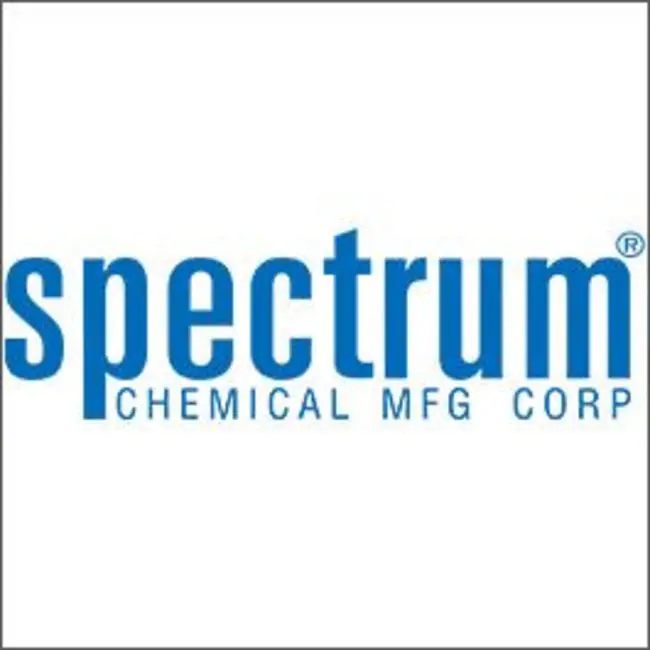100g
Showing 501–550 of 2702 results
-

4-Bromo-N,N-dimethylaniline
$118.61 Add to cart View Product Details4-Bromo-N,N-dimethylaniline
-

4-Bromoaniline
$157.84 Add to cart View Product DetailsMolecular Formula : C6 H6 Br N
-

4-Bromobenzenesulfonyl Chloride
$328.88 Add to cart View Product Details4-Bromobenzenesulfonyl Chloride
-

4-Bromobenzoic Acid
$166.46 Add to cart View Product DetailsMolecular Formula : C7H5BrO2
-
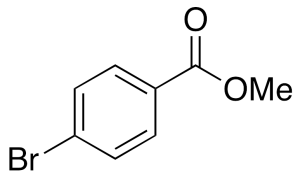
4-Bromobenzoic Acid Methyl Ester
$636.53 Add to cart View Product DetailsMolecular Formula : C8H7BrO2
-

4-Bromobenzyl Bromide
$130.24 Add to cart View Product DetailsMolecular Formula : C22 H28 O4
-

4-Bromodiphenyl Ether
$281.18 Add to cart View Product Details4-Bromodiphenyl Ether
-

4-Bromofluorobenzene
$370.01 Add to cart View Product DetailsMolecular Formula : C6 H4 Br F
-

4-Bromofluorobenzene
$52.99 Add to cart View Product Details4-Bromofluorobenzene
-

4-Bromophenol
$88.84 Add to cart View Product DetailsMolecular Formula : C6 H5 Br O
-

4-Bromophenylacetic Acid
$116.44 Add to cart View Product DetailsMolecular Formula : C8 H7 Br O2
-

4-Butoxyphenol
$320.97 Add to cart View Product Details4-Butoxyphenol
-

4-Butylacetophenone
$478.73 Add to cart View Product Details4-Butylacetophenone
-

4-Chloro-1-butanol (Technical Grade)
$346.73 Add to cart View Product DetailsMolecular Formula : C4 H9 Cl O
-

4-Chloro-1-methylpiperidine
$169.05 Add to cart View Product DetailsMolecular Formula : C6H12ClN
-
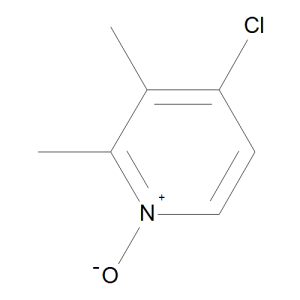
4-Chloro-2,3-dimethylpyridine N-Oxide
$352.76 Add to cart View Product DetailsMolecular Formula : C7 H8 Cl N O
-

4-Chloro-3-methylphenol
$61.24 Add to cart View Product DetailsMolecular Formula : C7 H7 Cl O
-

4-Chloro-3-nitrobenzotrifluoride
$125.06 Add to cart View Product DetailsMolecular Formula : C7 H3 Cl F3 N O2
-
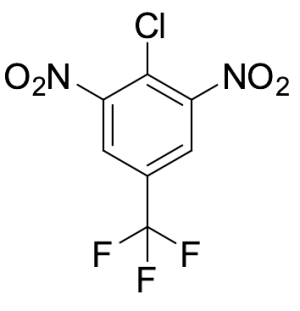
4-Chloro-3,5-dinitrobenzotrifluoride
$149.21 Add to cart View Product DetailsMolecular Formula : C7 H2 Cl F3 N2 O4
-
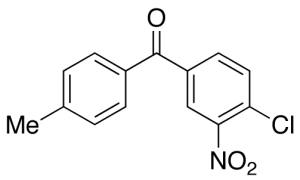
4-Chloro-4′-methyl-3-nitrobenzophenone
$407.10 Add to cart View Product DetailsMolecular Formula : C14H10ClNO3
-

4-Chlorobenzaldehyde
$54.23 Add to cart View Product Details4-Chlorobenzaldehyde
-

4-Chlorobenzenesulfonic Acid
$144.04 Add to cart View Product DetailsMolecular Formula : C6H5ClO3S
-

4-Chlorobenzonitrile
$245.35 Add to cart View Product Details4-Chlorobenzonitrile
-

4-Chlorobenzophenone
$100.14 Add to cart View Product Details4-Chlorobenzophenone
-
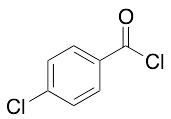
4-Chlorobenzoyl Chloride
$174.23 Add to cart View Product DetailsMolecular Formula : C7H4Cl2O
-
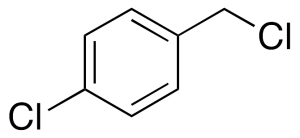
4-Chlorobenzyl Chloride (~90%)
$255.30 Add to cart View Product DetailsMolecular Formula : C7H6Cl2
-

4-Chlorobutyl Acetate
$109.54 Add to cart View Product DetailsMolecular Formula : C6H11ClO2
-

4-Chloronitrobenzene
$38.81 Add to cart View Product DetailsMolecular Formula : C6 H4 Cl N O2
-

4-Chlorophenacyl Bromide
$292.02 Add to cart View Product Details4-Chlorophenacyl Bromide
-

4-Chlorophenyl Isocyanate
$111.26 Add to cart View Product DetailsMolecular Formula : C7H4ClNO
-

4-Chlorophenylacetic Acid
$114.76 Add to cart View Product Details4-Chlorophenylacetic Acid
-
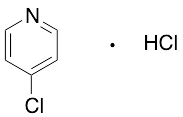
4-Chloropyridine Hydrochloride
$302.74 Add to cart View Product DetailsMolecular Formula : C5H5Cl2N
-

4-Chlorotoluene
$116.44 Add to cart View Product DetailsMolecular Formula : C7 H7 Cl
-

4-Cyanophenol
$154.39 Add to cart View Product DetailsMolecular Formula : C7 H5 N O
-

4-Cyanophenol
$240.03 Add to cart View Product Details4-Cyanophenol
-

4-Cyanopyridine
$134.55 Add to cart View Product DetailsMolecular Formula : C6 H4 N2
-

4-Cyanopyridine N-Oxide
$397.89 Add to cart View Product Details4-Cyanopyridine N-Oxide
-

4-Dimethylaminobenzaldehyde
$76.95 Add to cart View Product Details4-Dimethylaminobenzaldehyde
-

4-Dimethylaminobutyraldehyde Diethyl Acetal
$322.58 Add to cart View Product DetailsMolecular Formula : C11H23NO2
-

4-Dimethylaminopyridine
$148.88 Add to cart View Product Details4-Dimethylaminopyridine
-

4-Dimethylaminopyridine
$269.30 Add to cart View Product Details4-Dimethylaminopyridine
-

4-Fluoroaniline
$153.86 Add to cart View Product Details4-Fluoroaniline
-
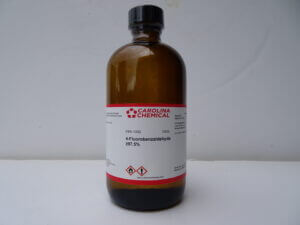
4-Fluorobenzaldehyde ≥97.5% – 100G
$62.56 Add to cart View Product DetailsCAS Number 459-57-4 Linear Formula C₇H₅FO Molecular Weight 124.12 -

4-Fluorobenzoyl Chloride
$263.93 Add to cart View Product Details4-Fluorobenzoyl Chloride
-

4-Fluorobenzoyl Chloride
$201.87 Add to cart View Product Details4-Fluorobenzoyl Chloride
-

4-Fluoronitrobenzene
$64.32 Add to cart View Product Details4-Fluoronitrobenzene
-

4-Hydroxybenzaldehyde
$42.90 Add to cart View Product Details4-Hydroxybenzaldehyde
-

4-Hydroxybenzoic Acid
$25.25 Add to cart View Product Details4-Hydroxybenzoic Acid
-

4-Hydroxybutyl Acrylate, (stabilized with MEHQ)
$147.59 Add to cart View Product Details4-Hydroxybutyl Acrylate, (stabilized with MEHQ)
-

4-Hydroxypiperidine
$166.53 Add to cart View Product Details4-Hydroxypiperidine






